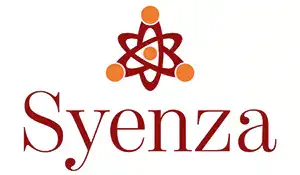
The European Commission has adopted an implementing regulation outlining the procedural rules for joint scientific consultations on medical devices and in vitro diagnostic medical devices under the Health Technology Assessment (HTA) Regulation. These consultations enable health technology developers to receive guidance from HTA bodies on the clinical evidence needed for future joint clinical assessments. The regulation, which became applicable on January 12, 2025, aims to streamline the development and assessment process for health technologies.
Joint Scientific Consultations
The regulation provides a framework for health technology developers to consult with HTA bodies. It also enables other stakeholders to obtain early advice regarding the clinical evidence required for joint clinical assessments. The implementing act details the submission process, the selection of stakeholders/experts, and cooperation with the EMA for parallel consultations. The consultations aim to optimize the generation of robust evidence for both marketing authorization and HTA assessments, particularly for areas with high unmet needs and substantial uncertainty.
The Health Technology Assessment Regulation (HTAR) was proposed by the European Commission in 2018 and formally adopted in December 2021. It aims to enhance EU/EEA cooperation on joint health technology assessments regarding relative clinical efficacy and safety. Key aspects include: i) joint clinical assessments conducted by Member States’ HTA bodies to evaluate the clinical effectiveness and safety of new health technologies, and ii) joint scientific consultations that advise technology developers on clinical study designs and evidence generation. The regulation covers clinical aspects but excludes economic evaluations, pricing, and reimbursement decisions, which remain under national jurisdiction.
Health Economics and Outcomes Research
The HTAR is expected to reduce duplication across member states, streamline regulatory and HTA advice procedures, and enable more rapid access to innovative treatments. This harmonization can lead to efficient resource use and better alignment of evidence generation with regulatory and HTA requirements. By providing clear guidelines and a single EU-level submission process for JCAs, the HTAR enhances predictability for developers. This clarity can foster innovation and investment in the health technology sector.
The regulation emphasizes the involvement of patient organizations, clinical experts, and other relevant stakeholders. This ensures that the HTA process reflects diverse experiences and needs, ultimately improving the relevance and acceptability of health technologies. The regulation seeks to improve timely and equitable access to innovative therapies across the EU, which can significantly impact health outcomes and healthcare system efficiency.
Reference url





